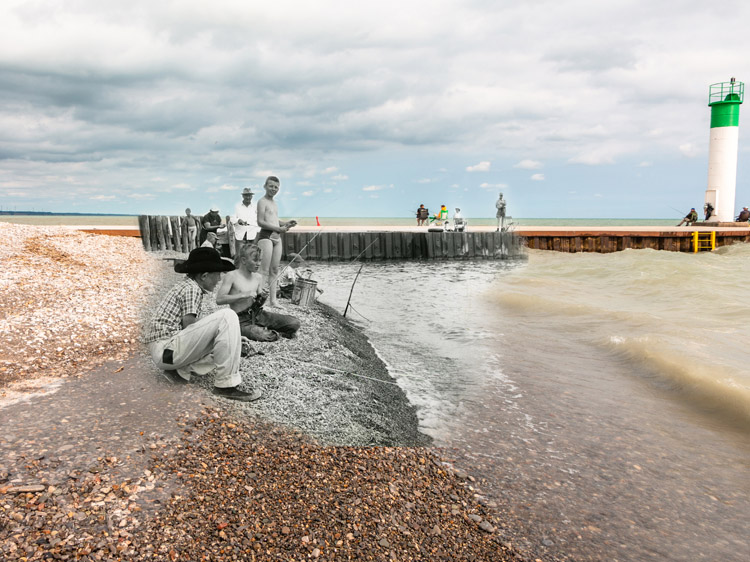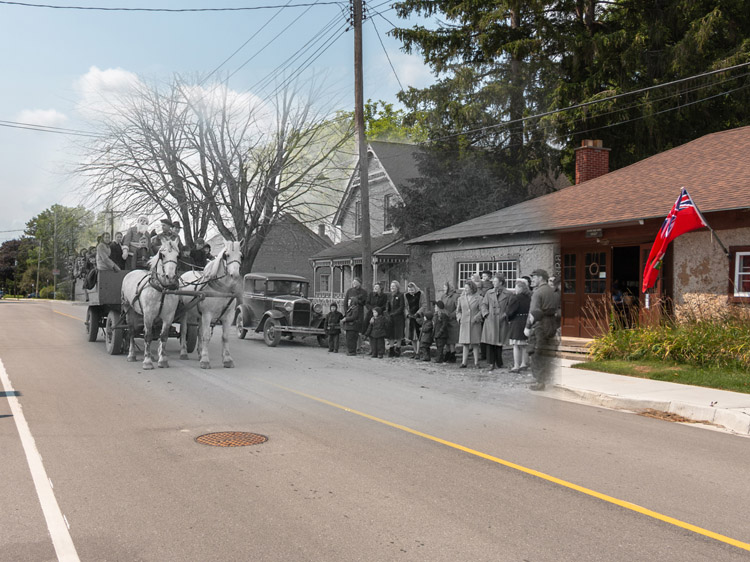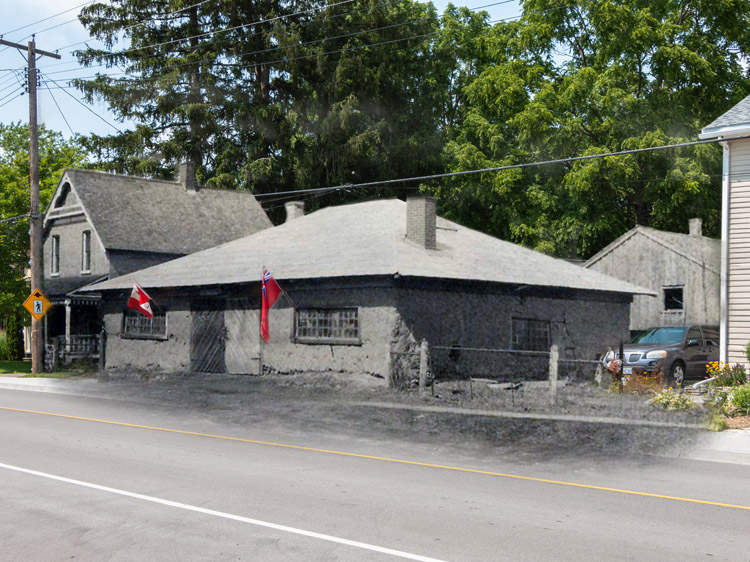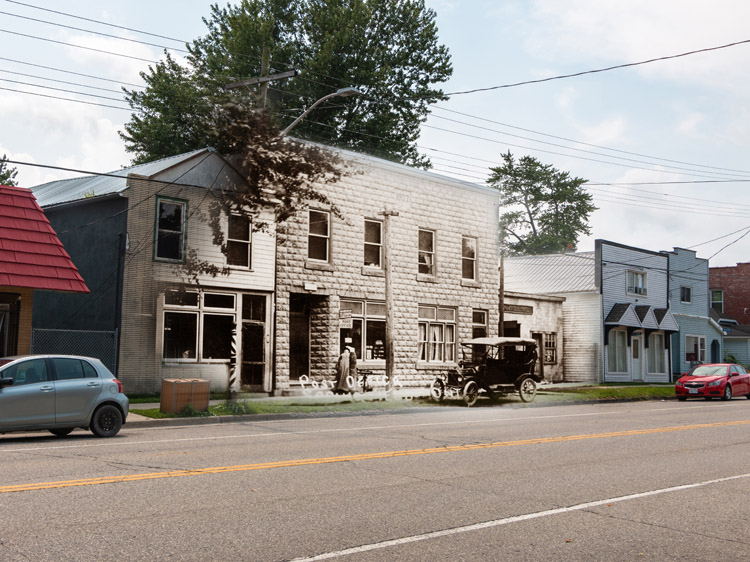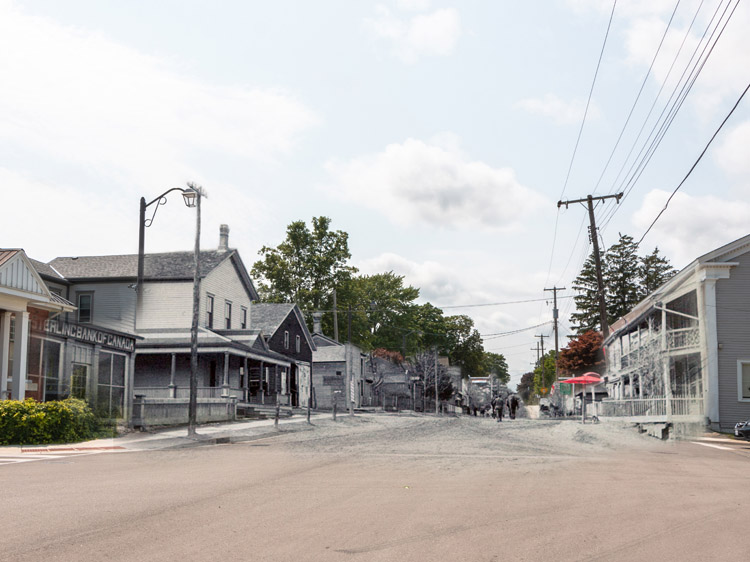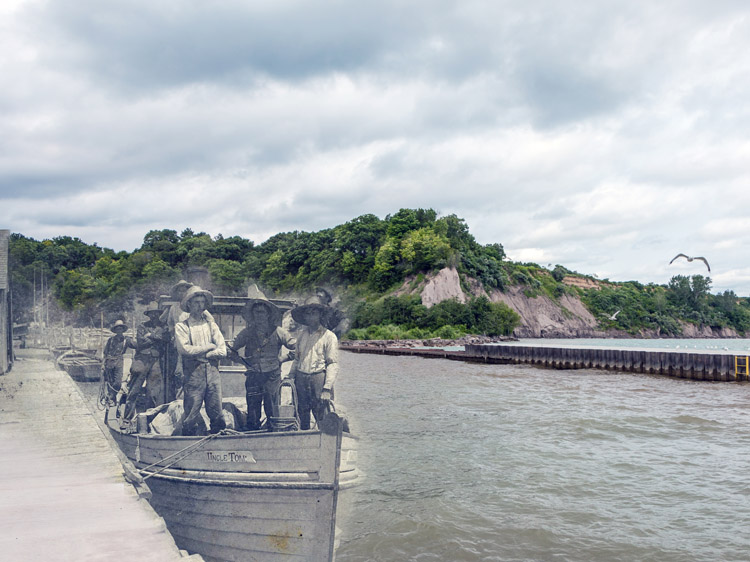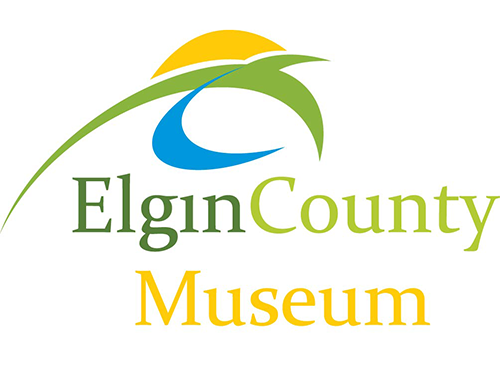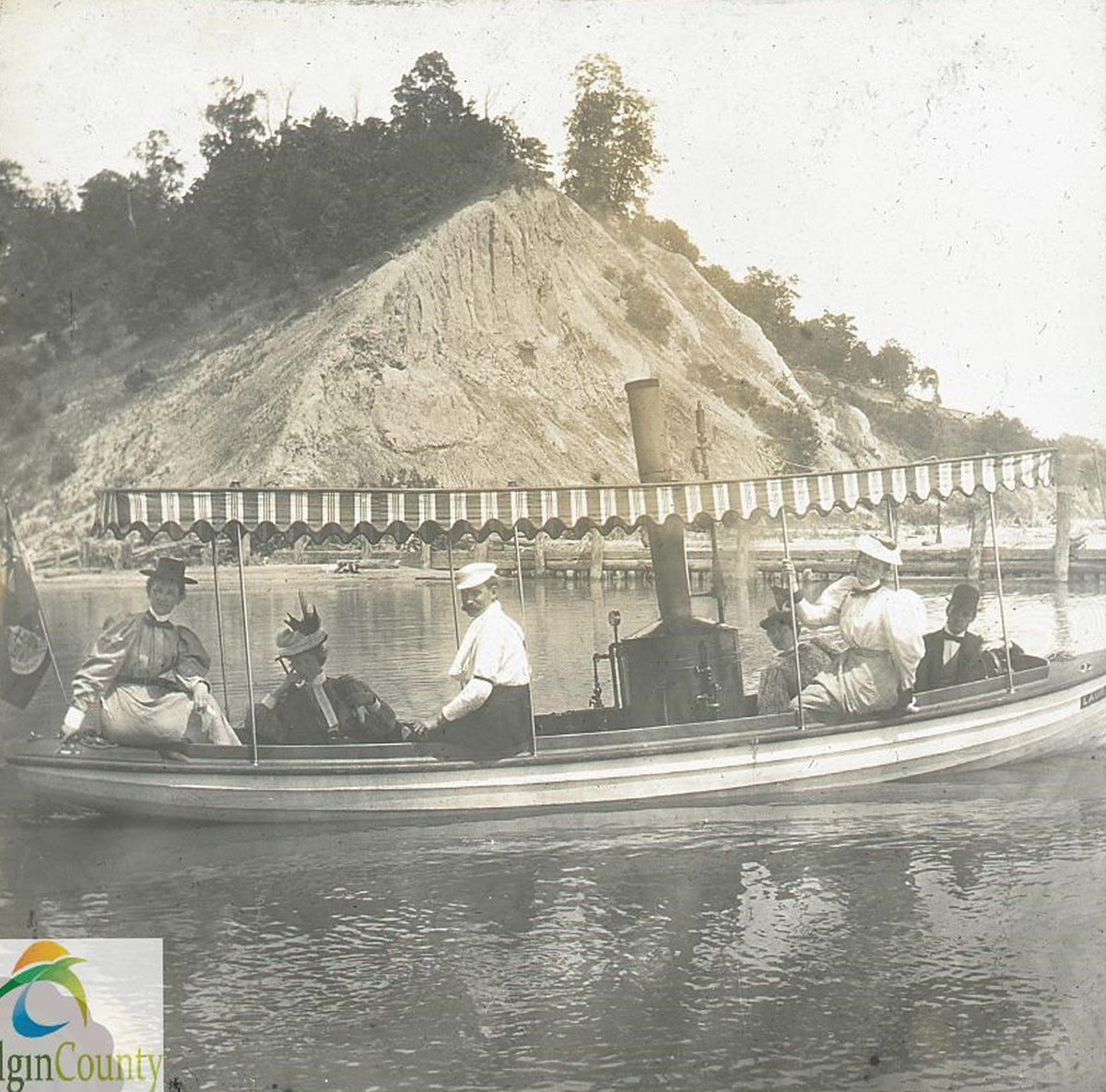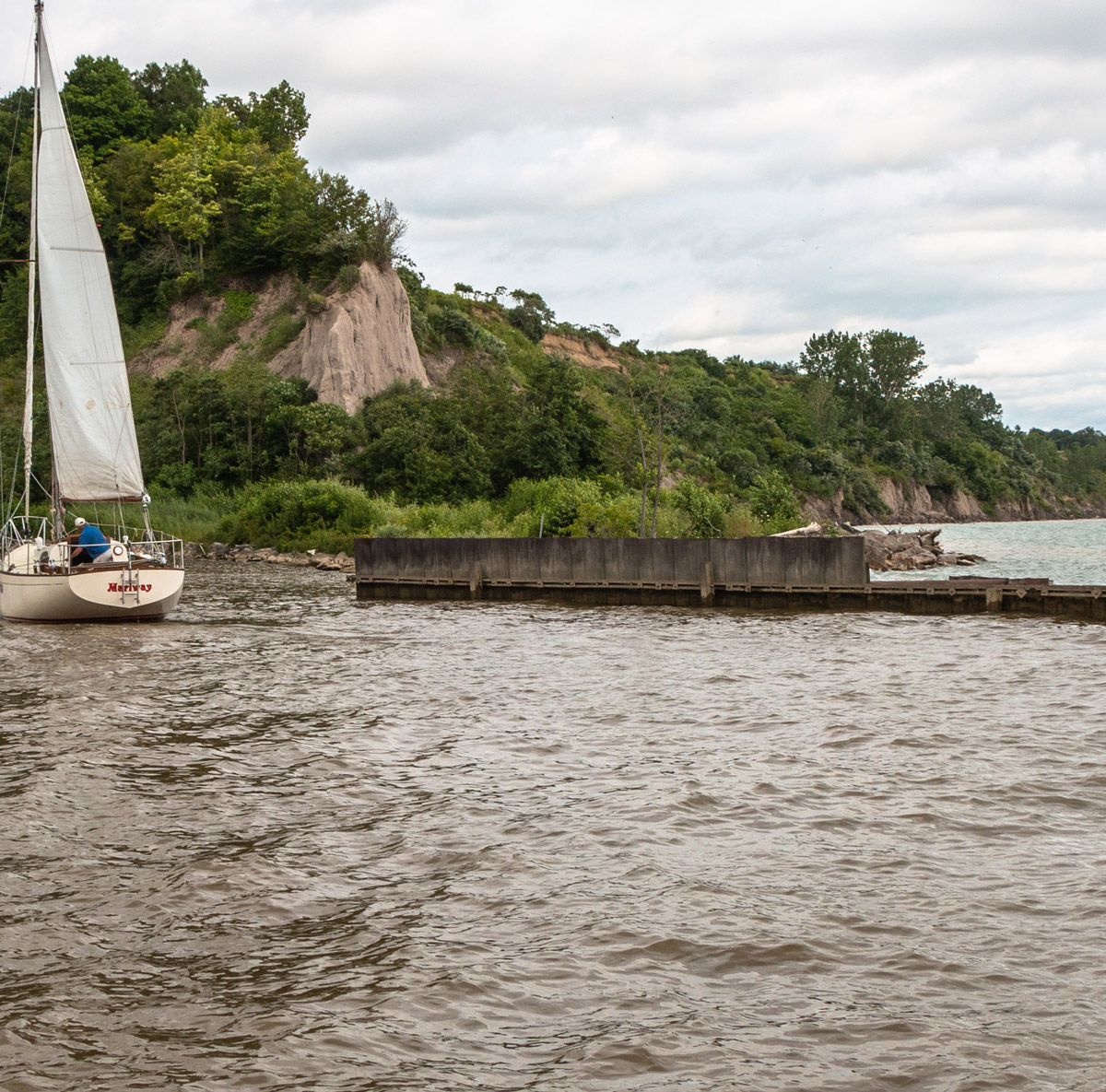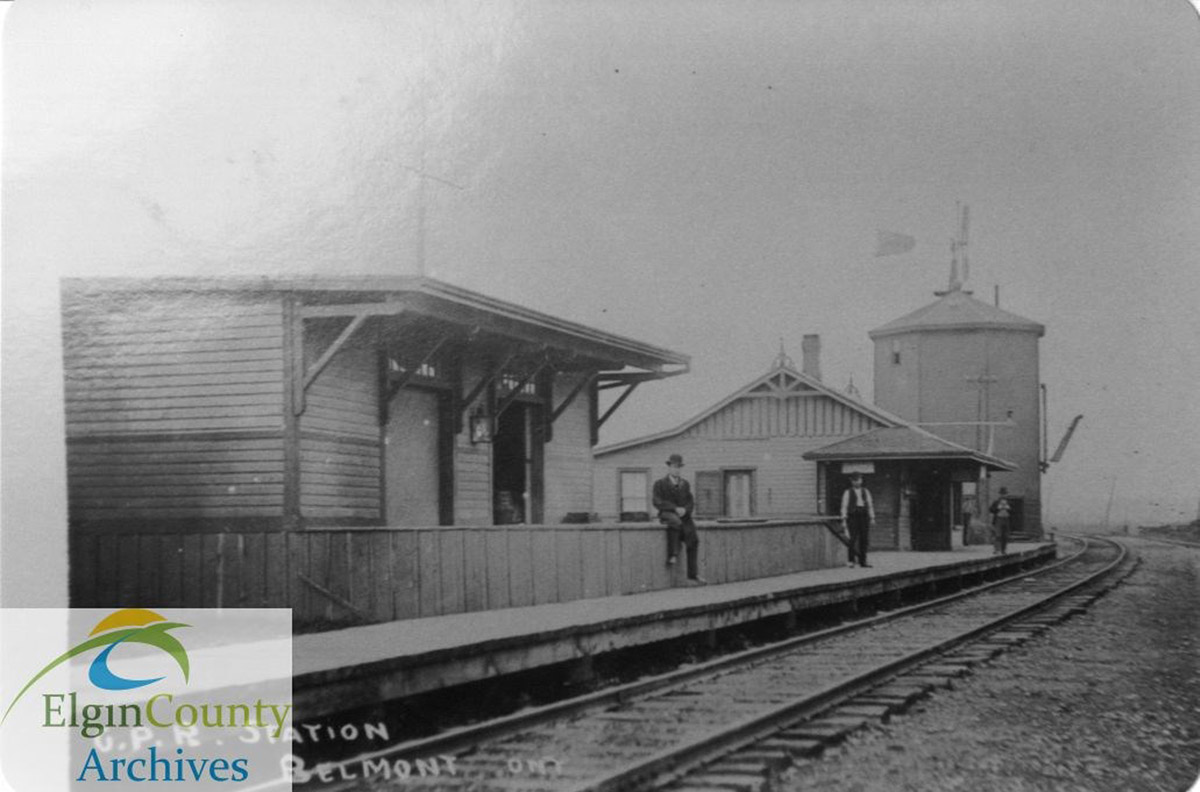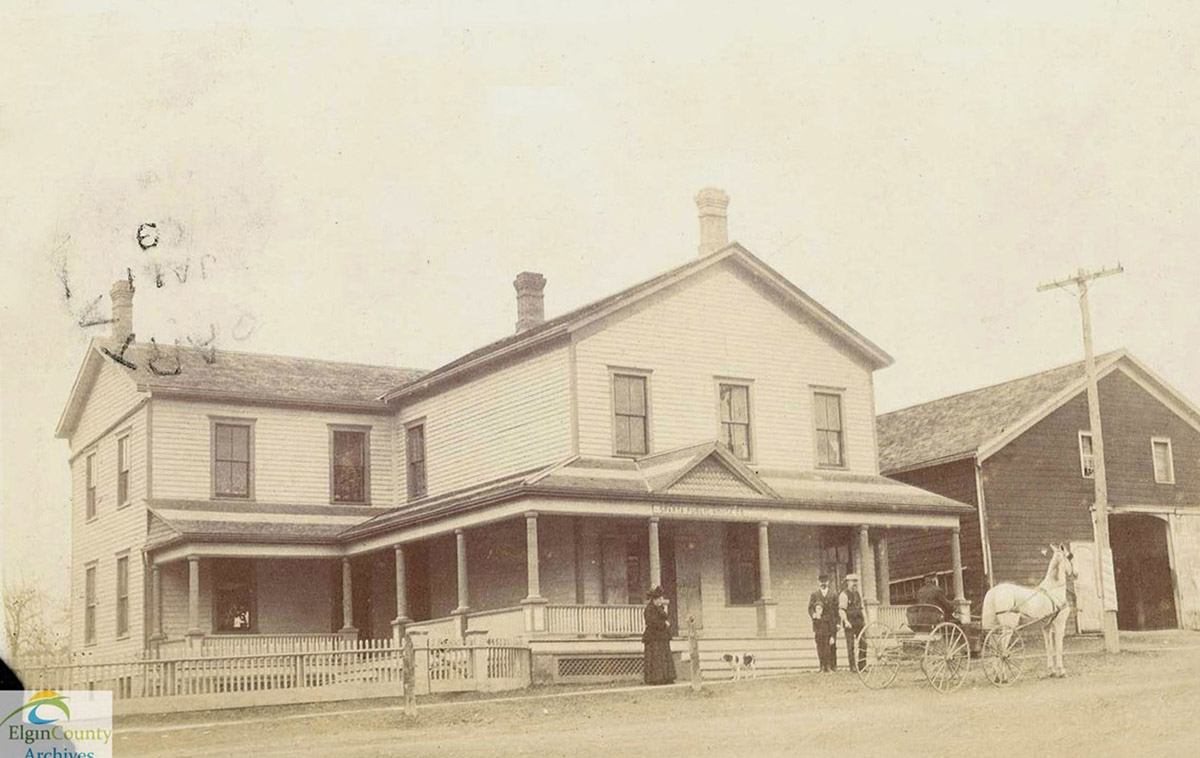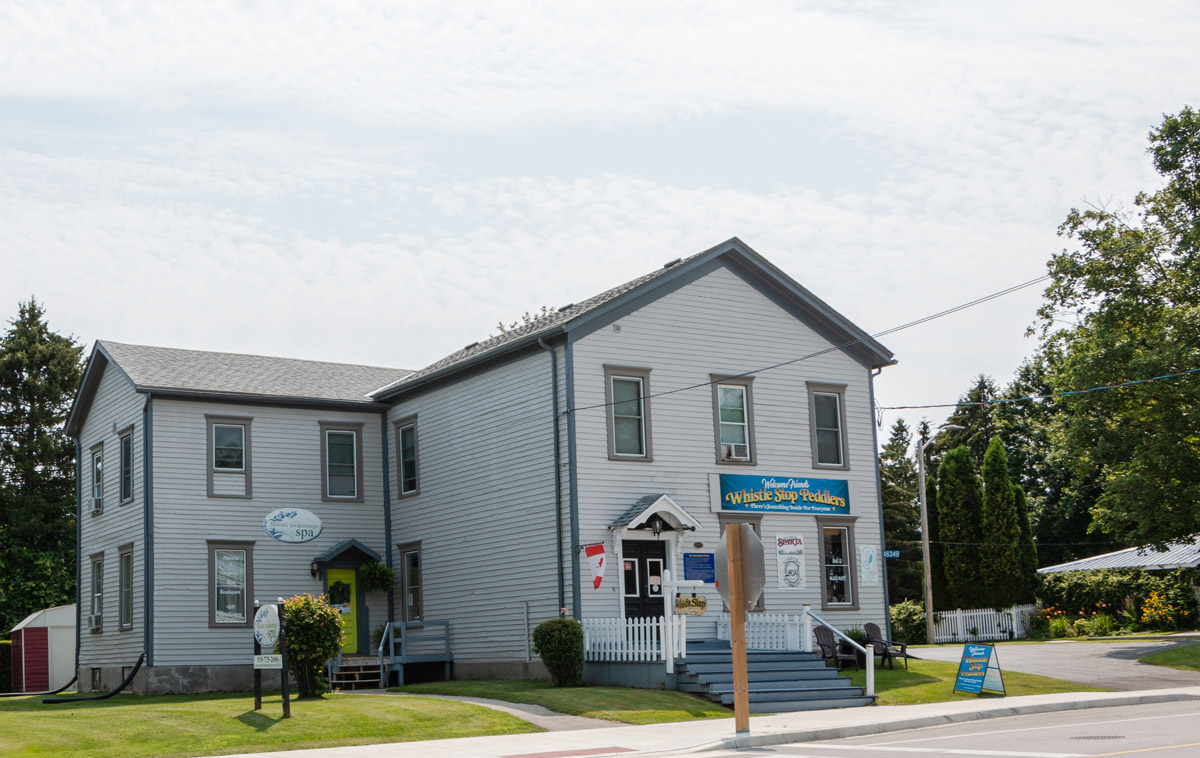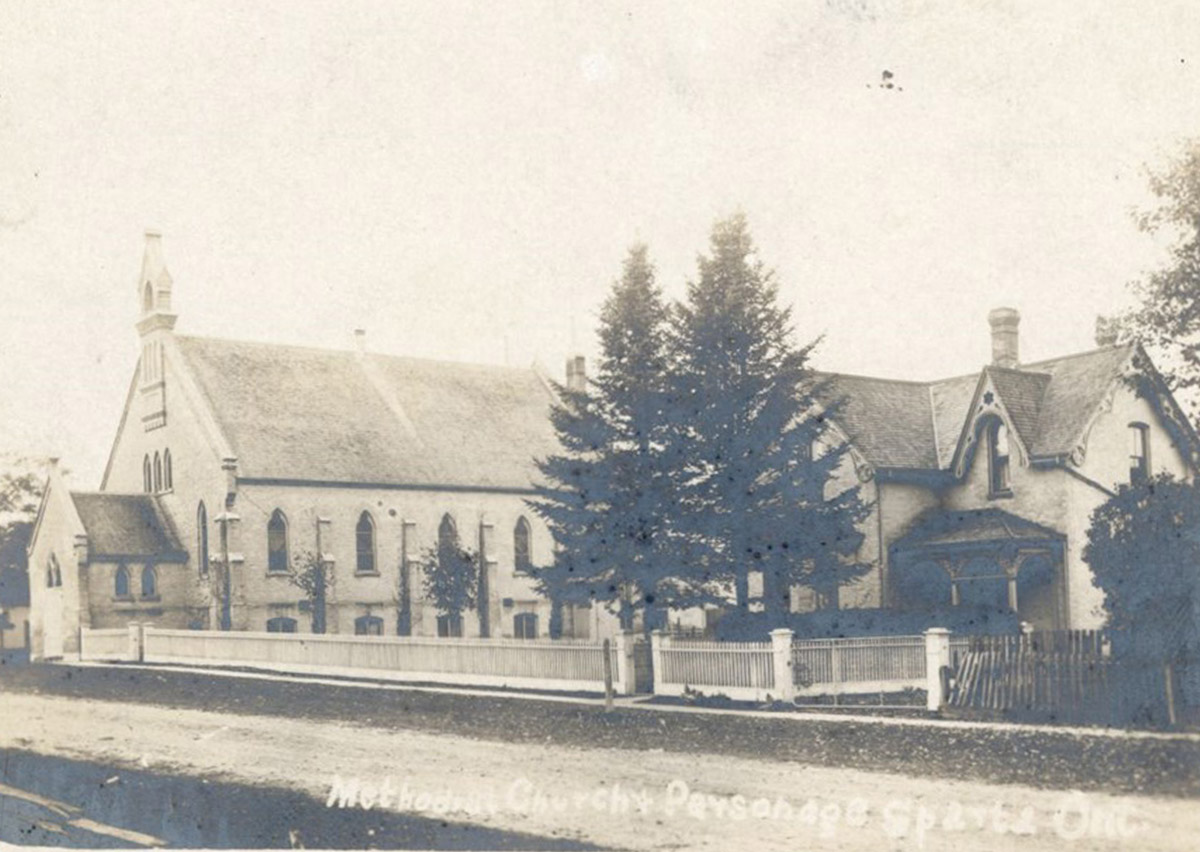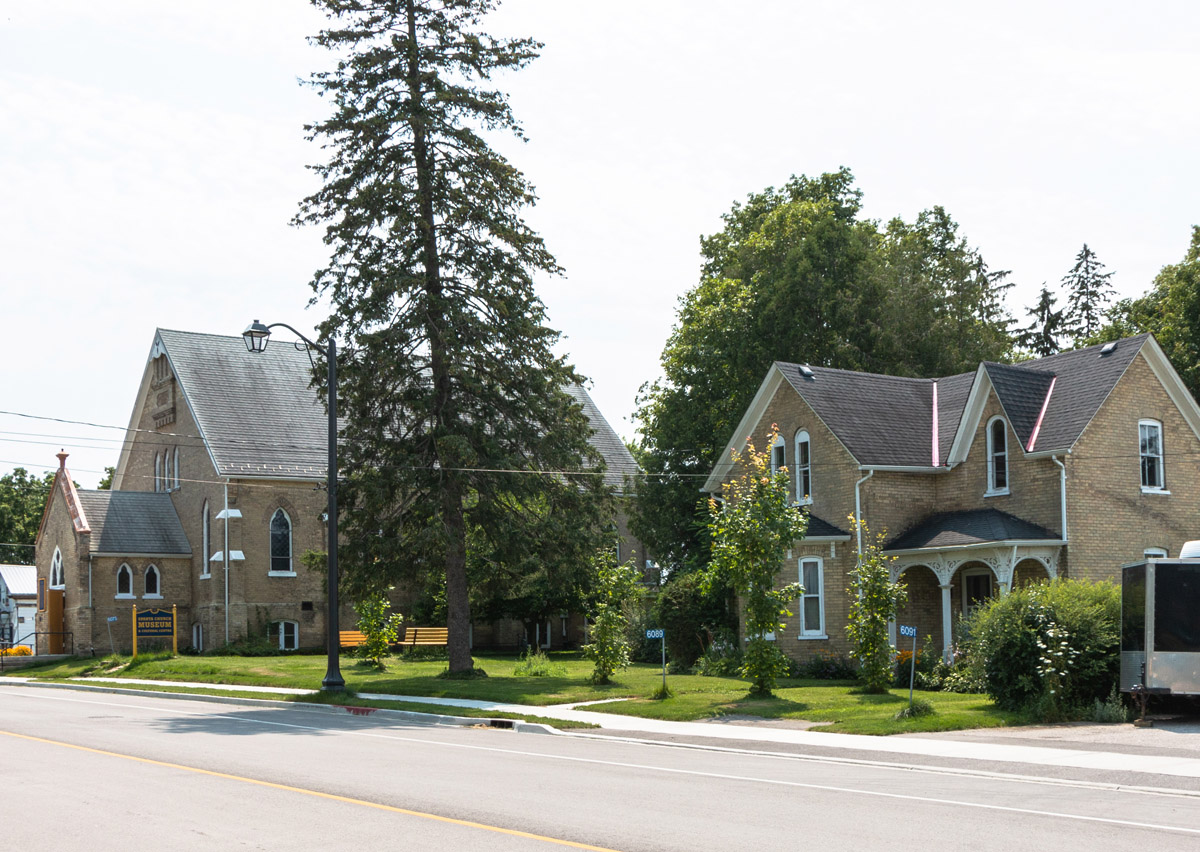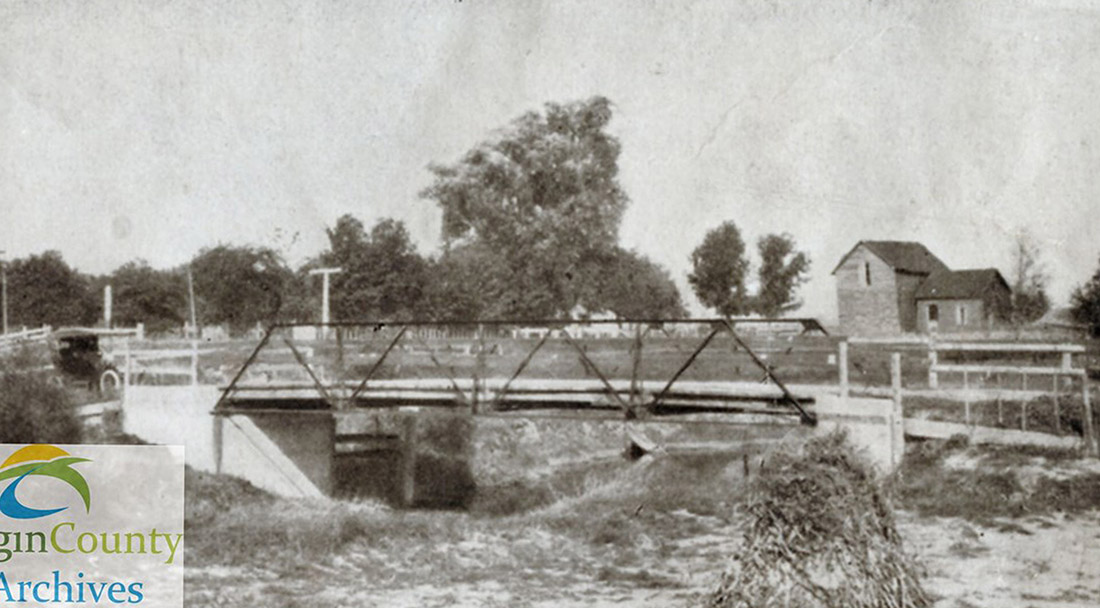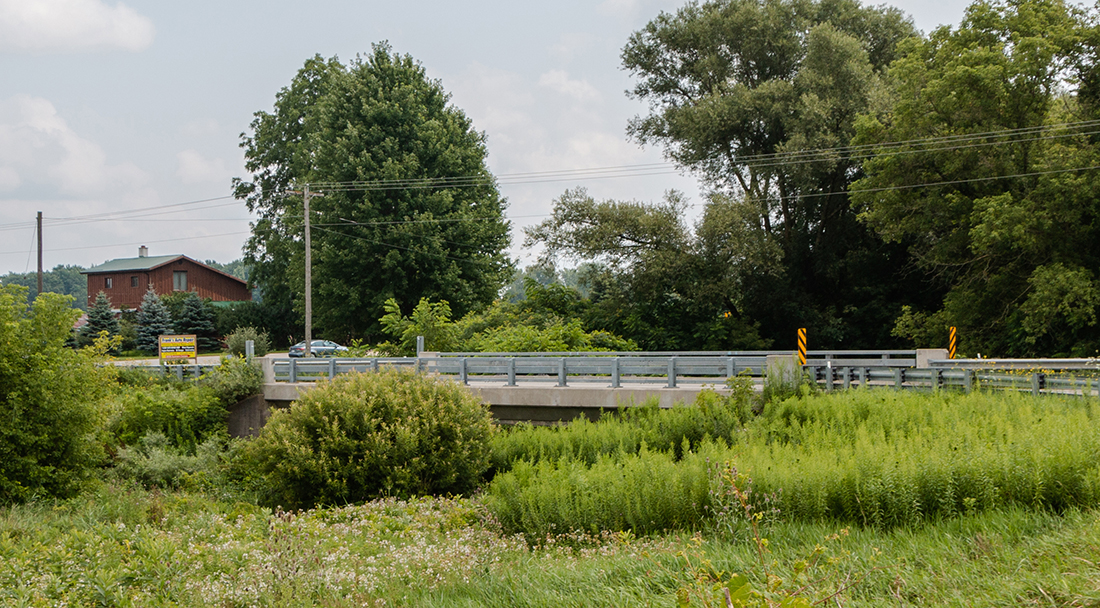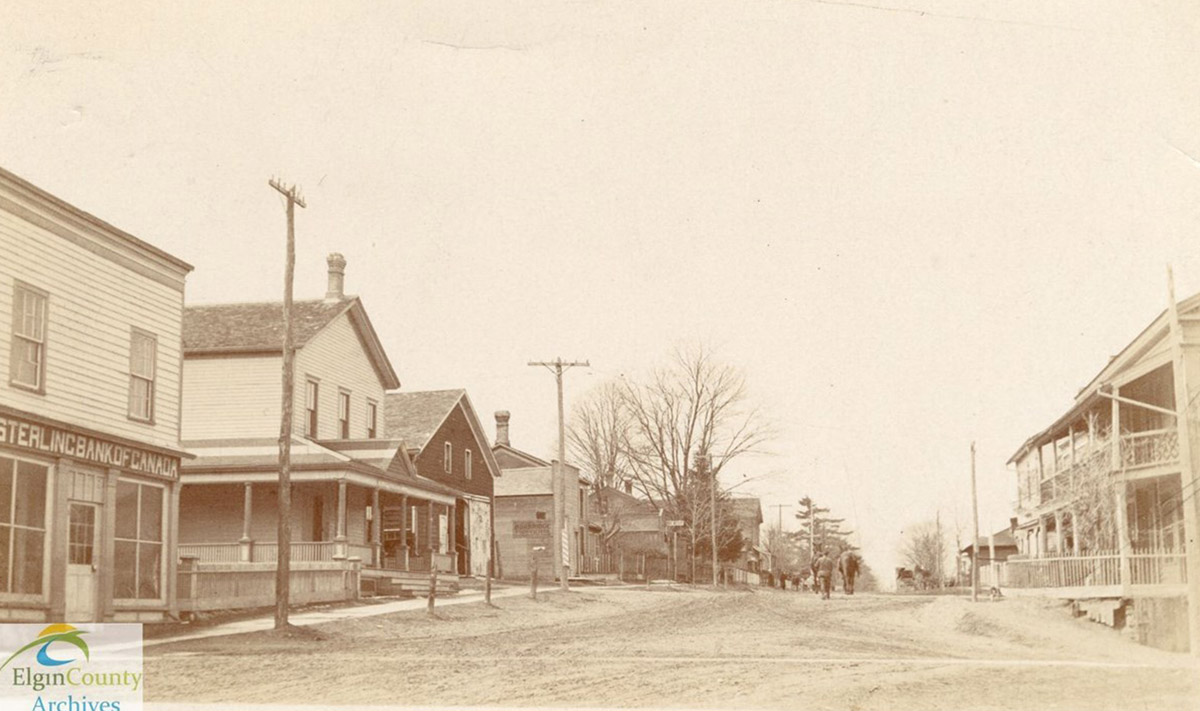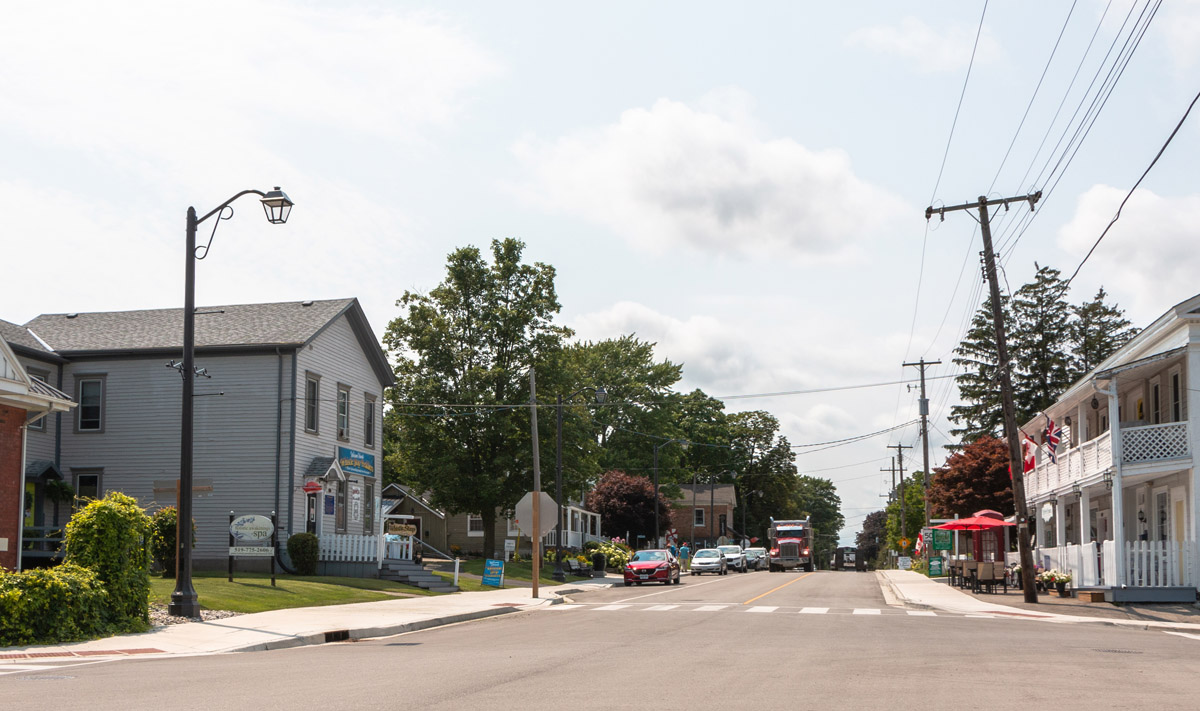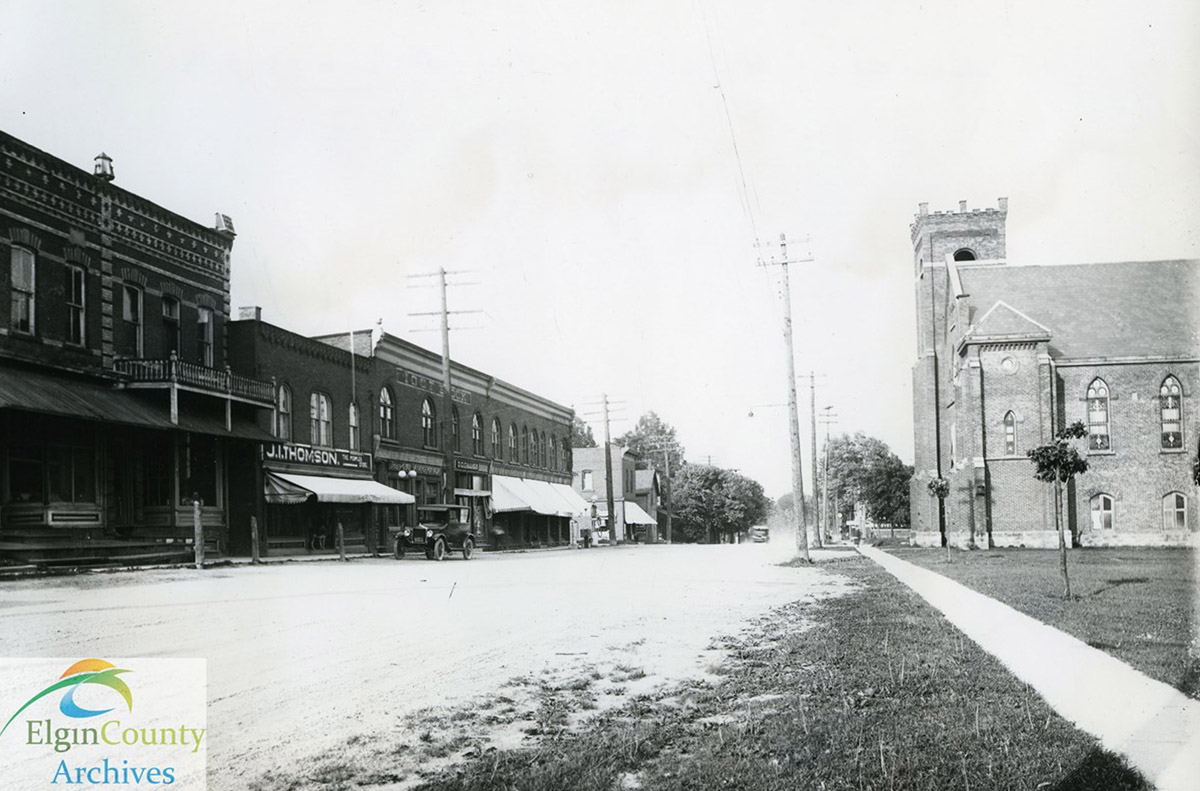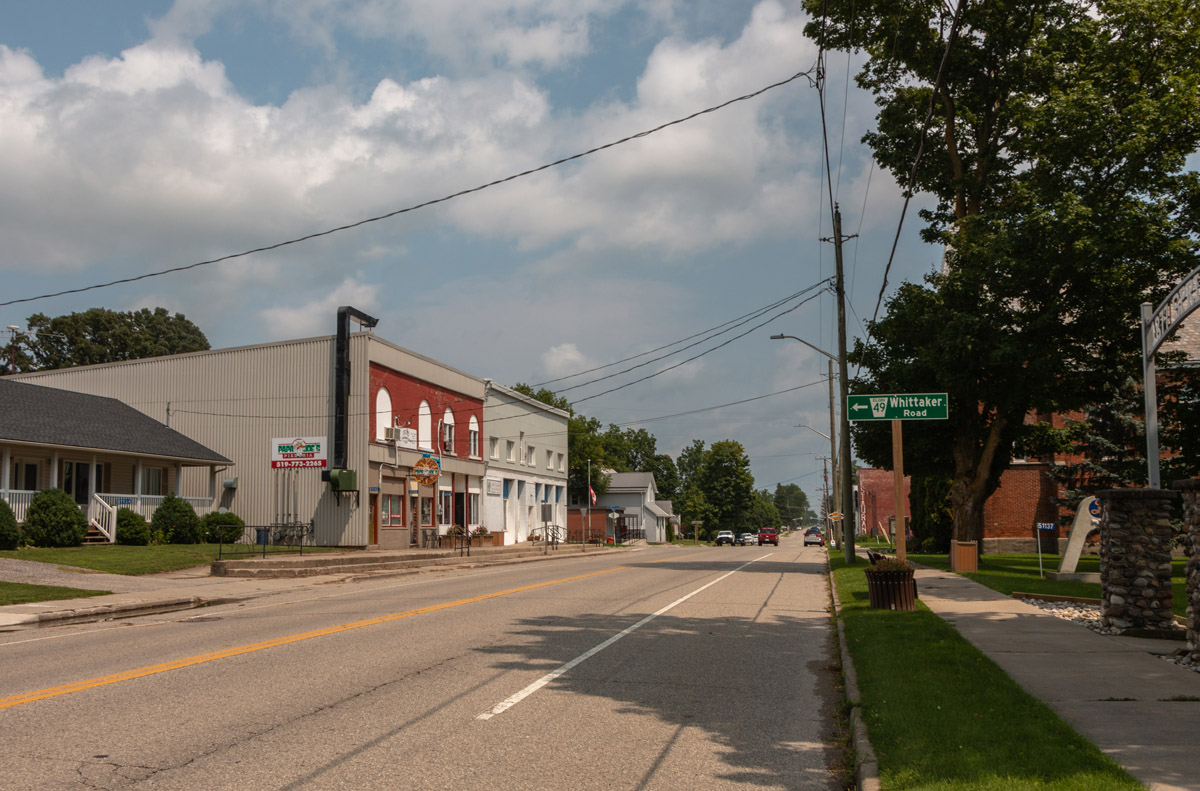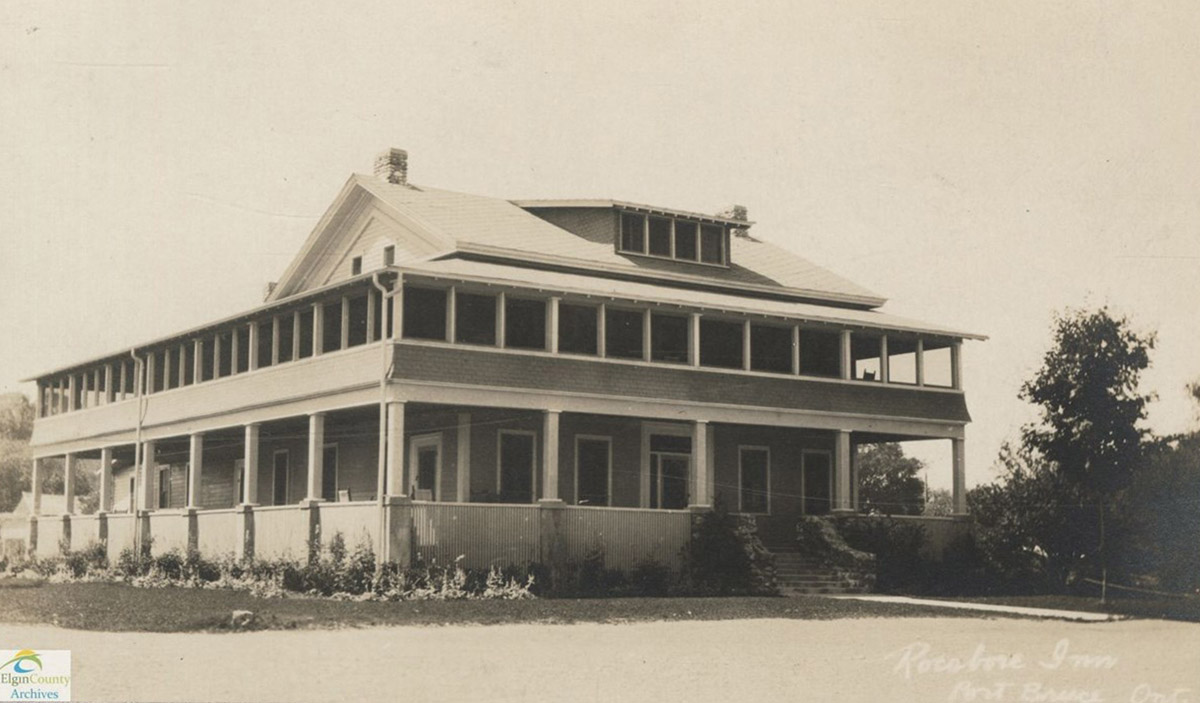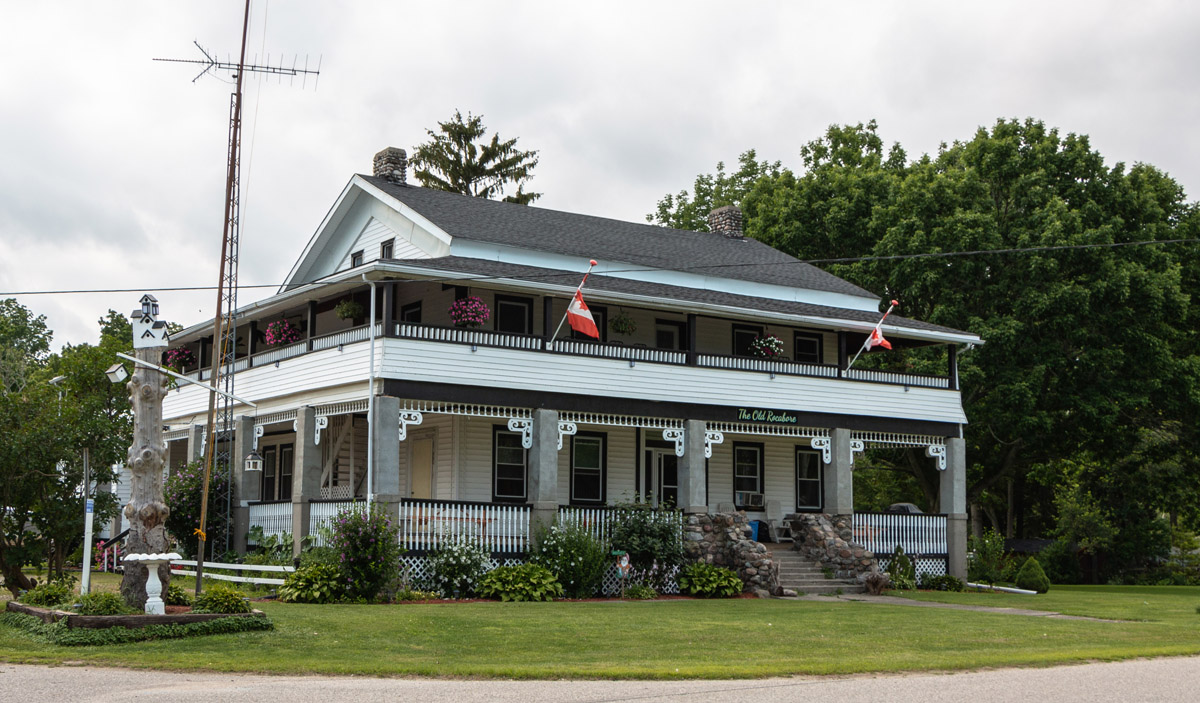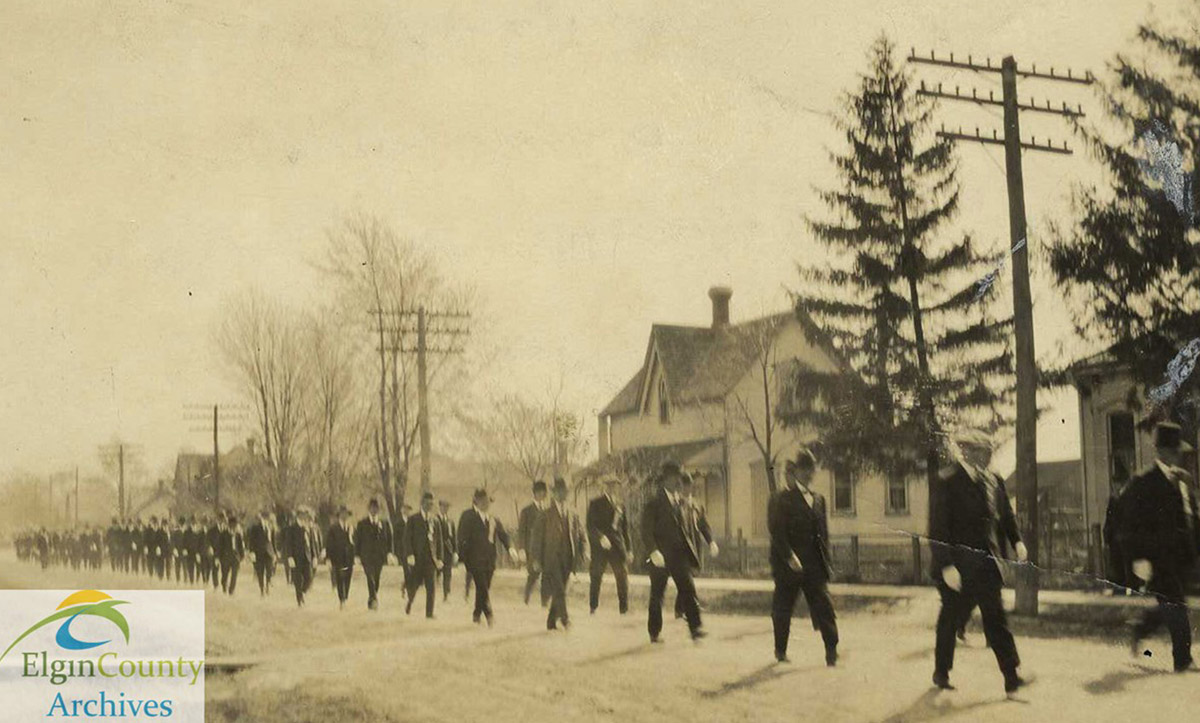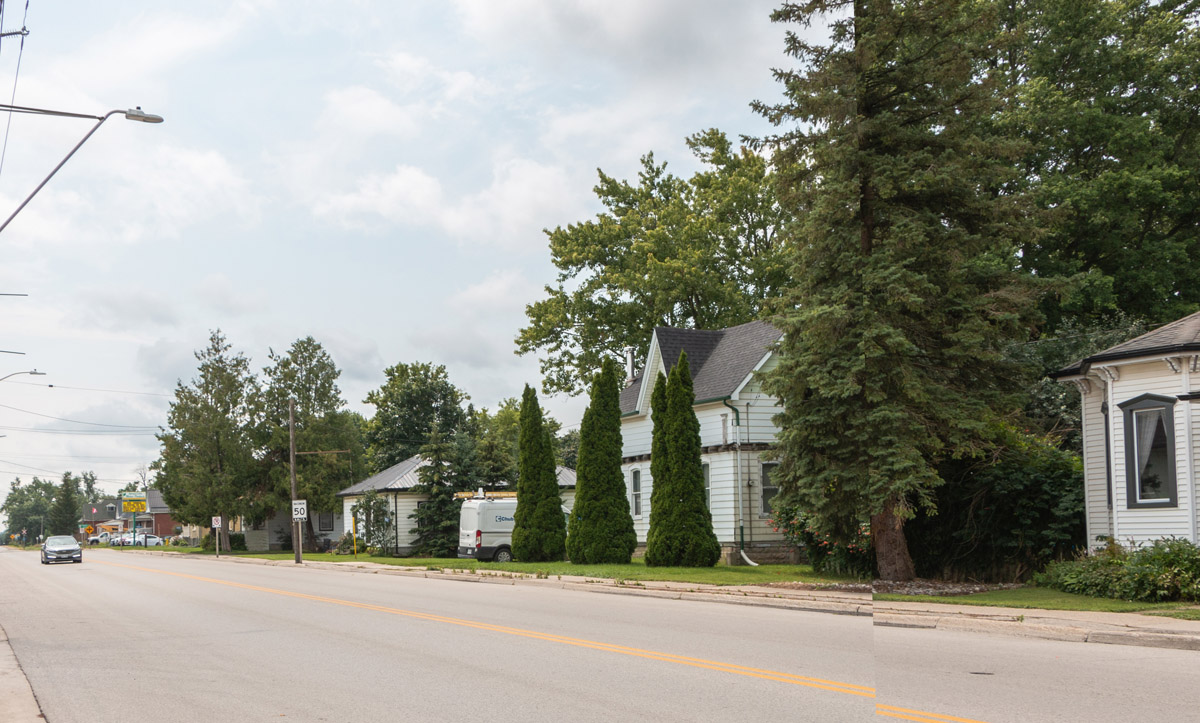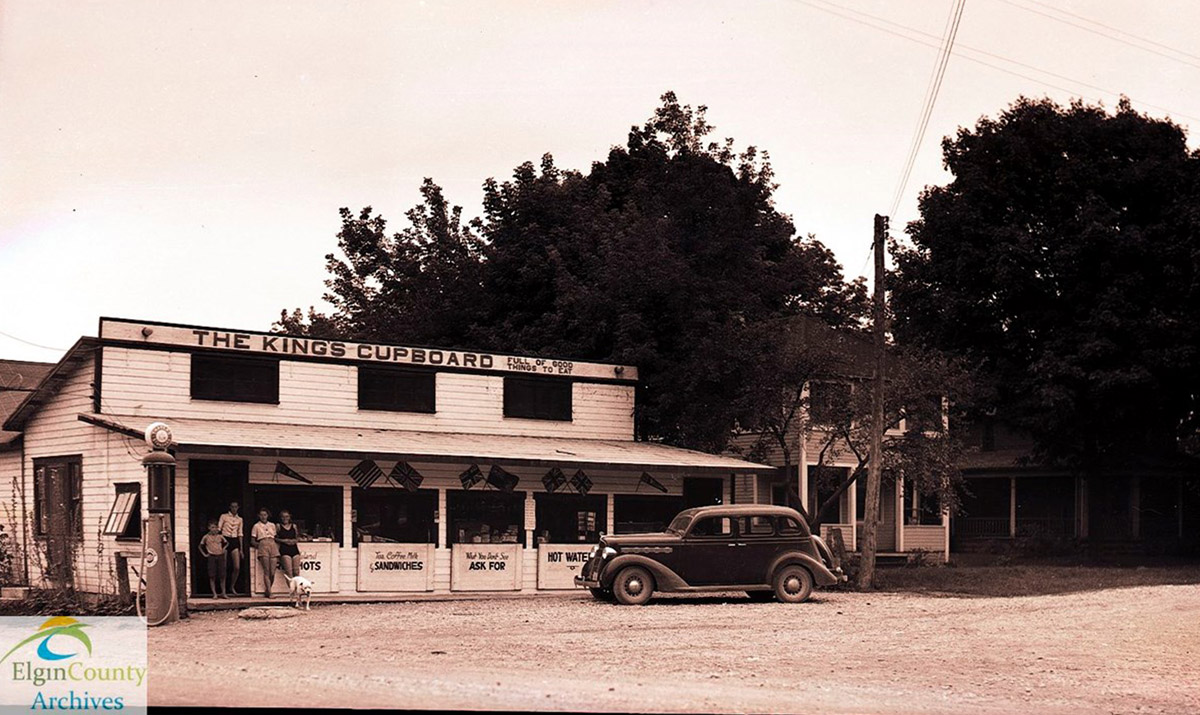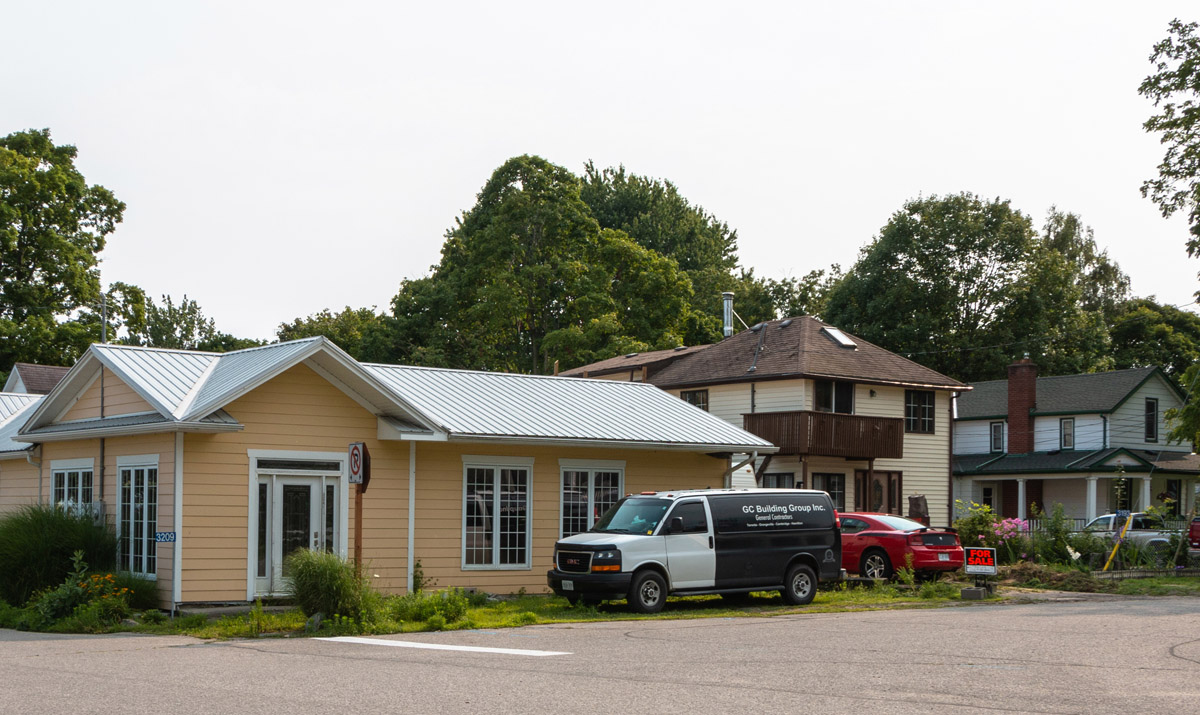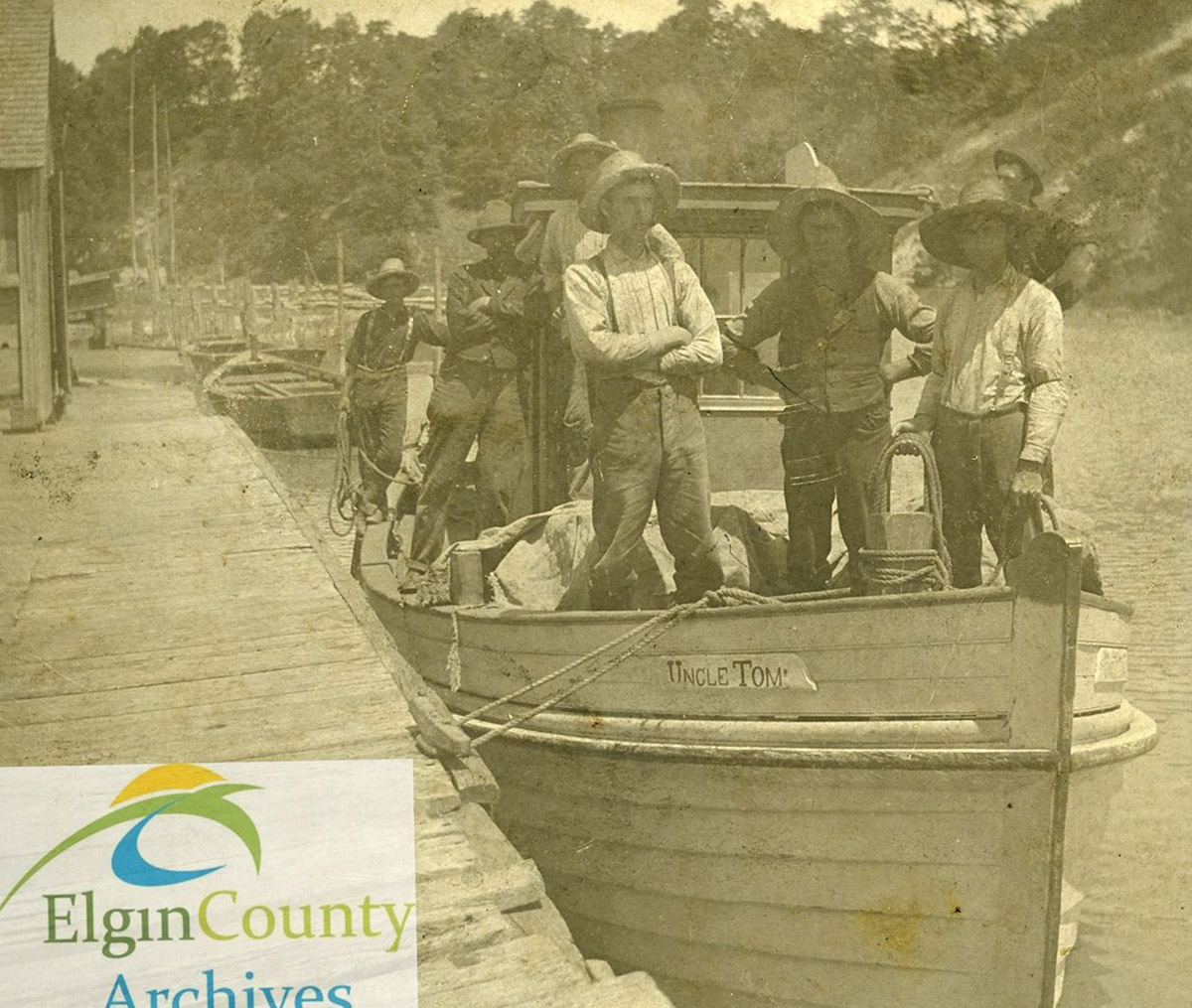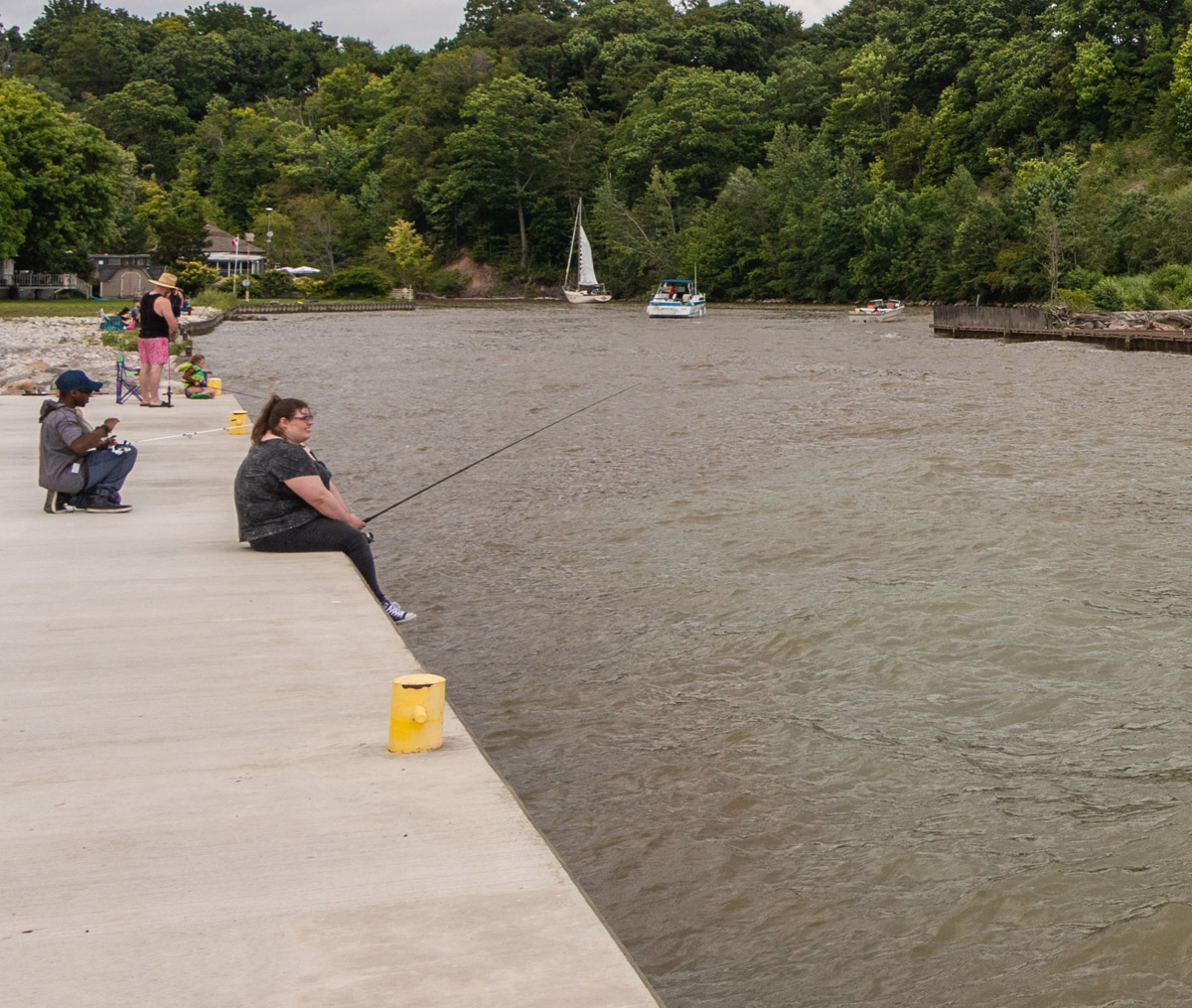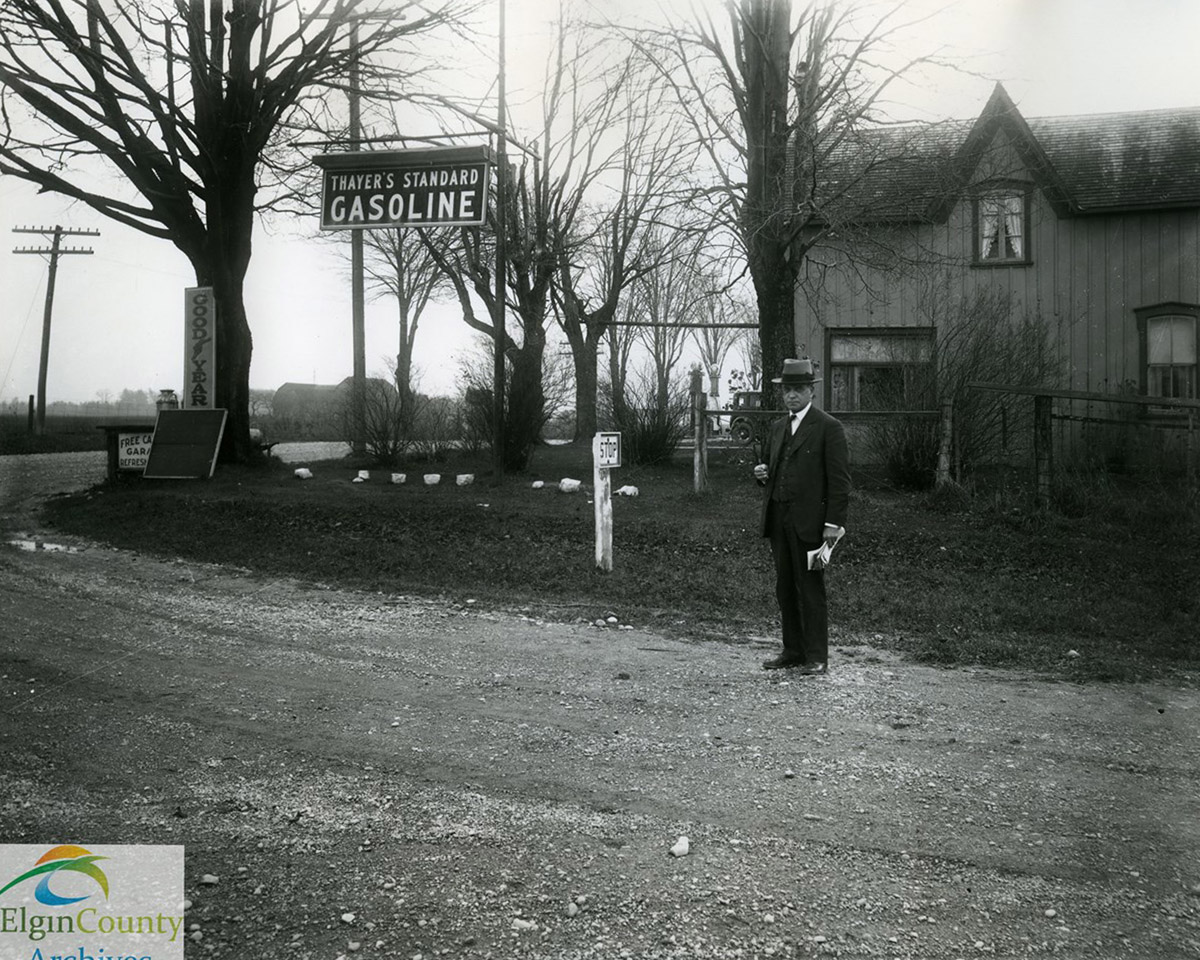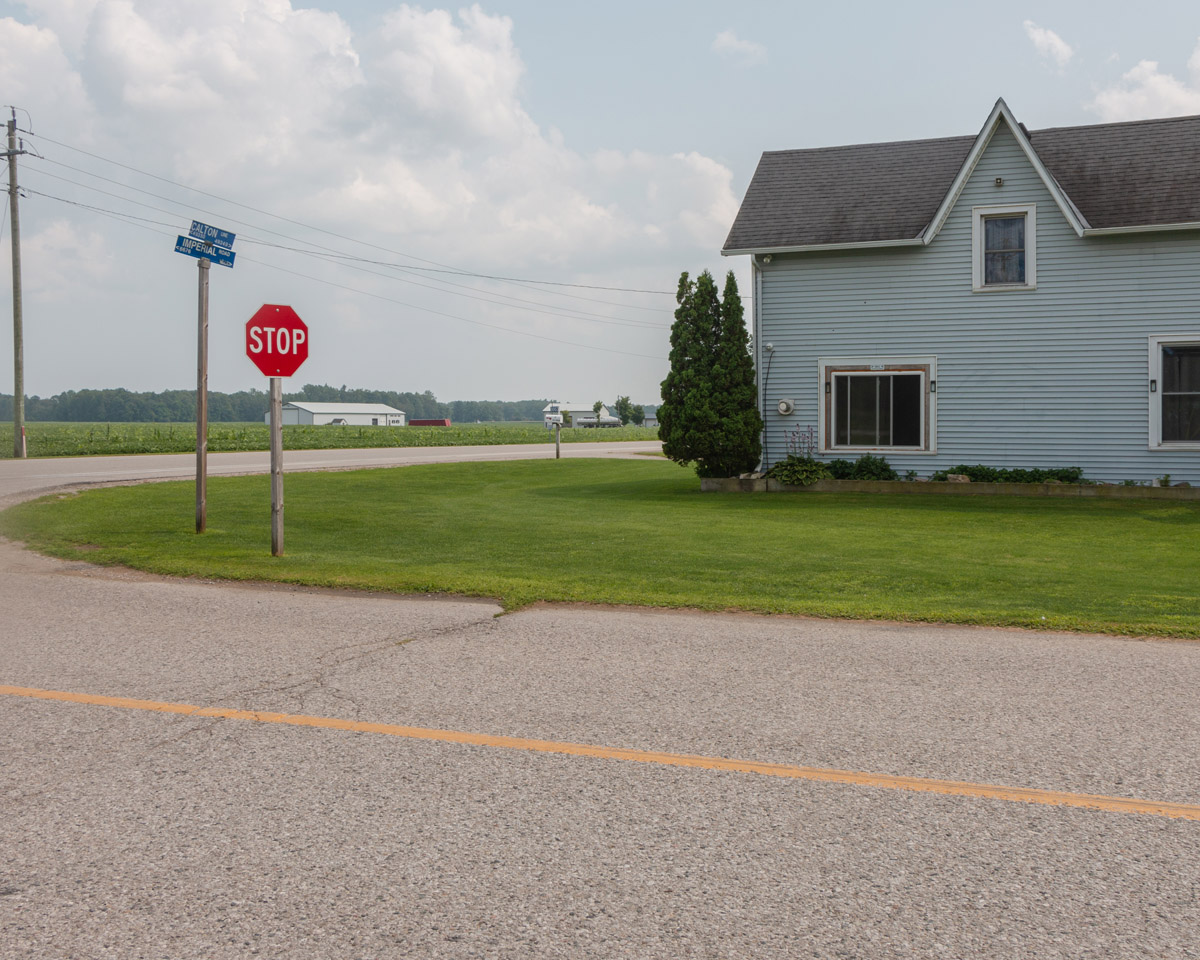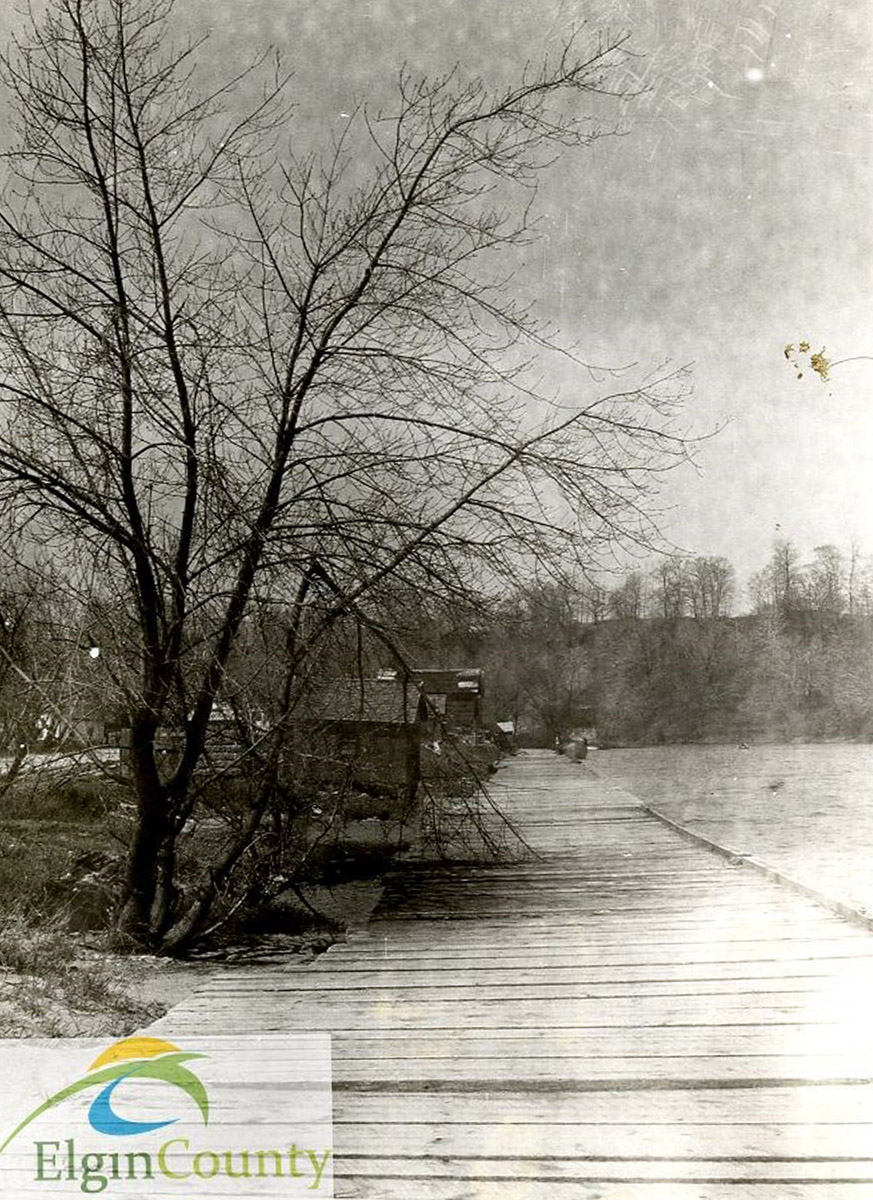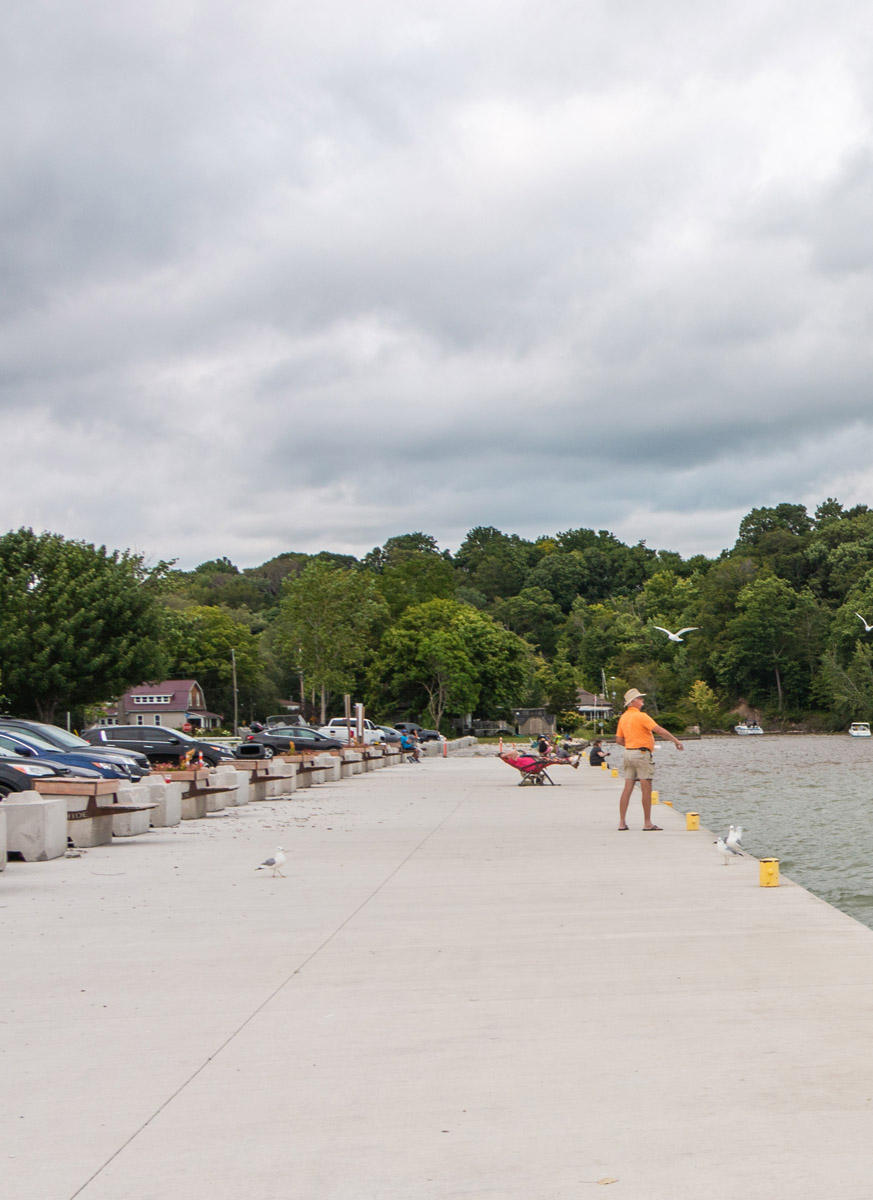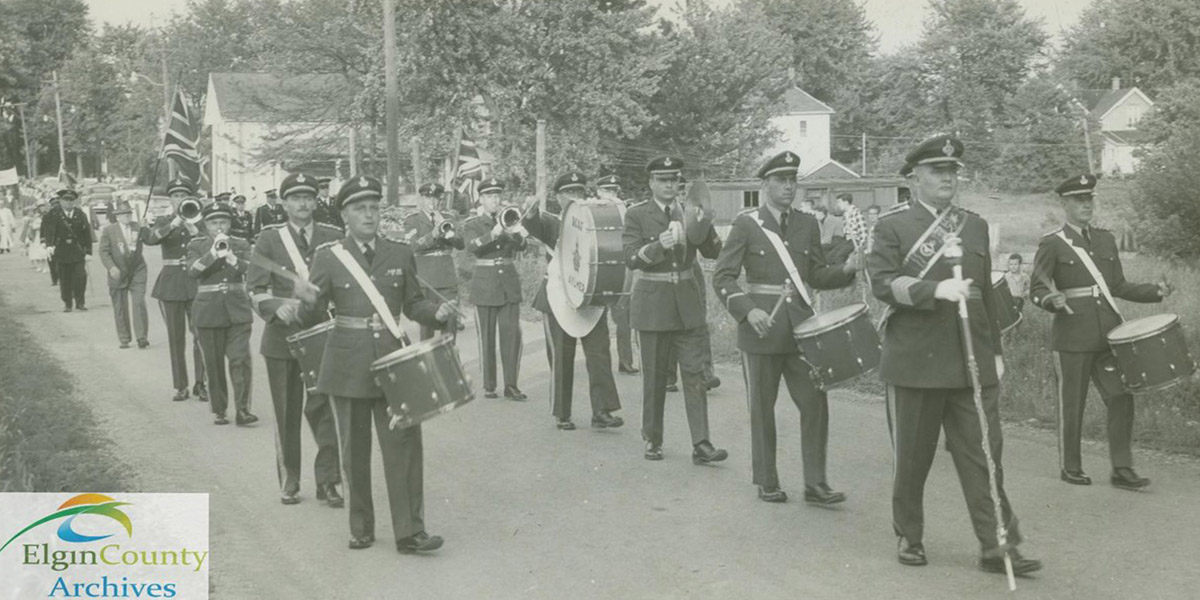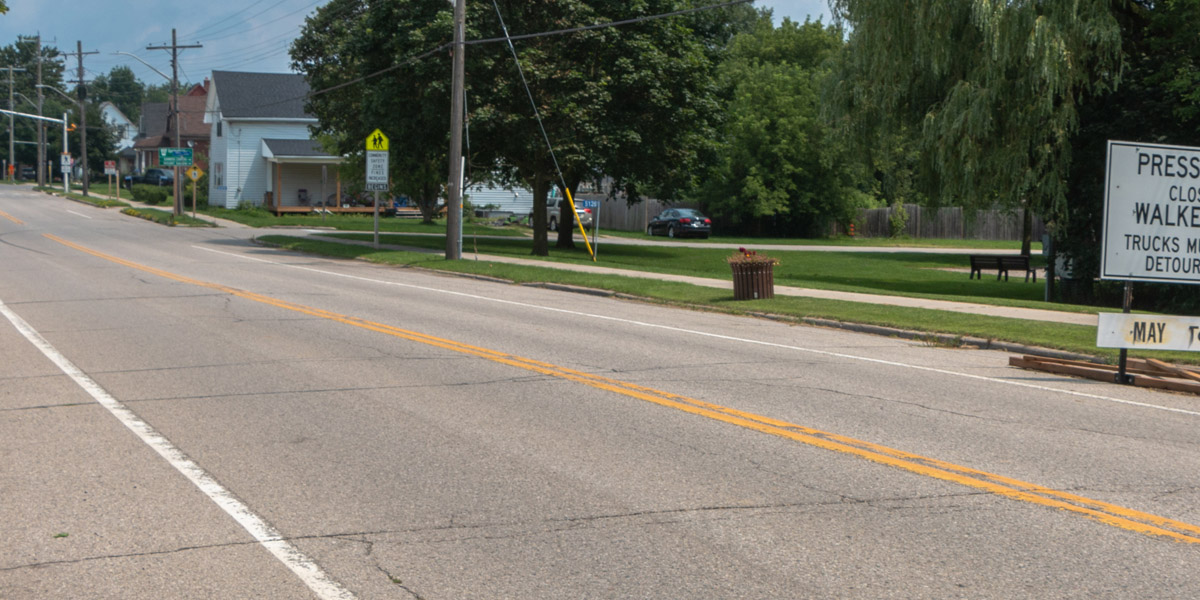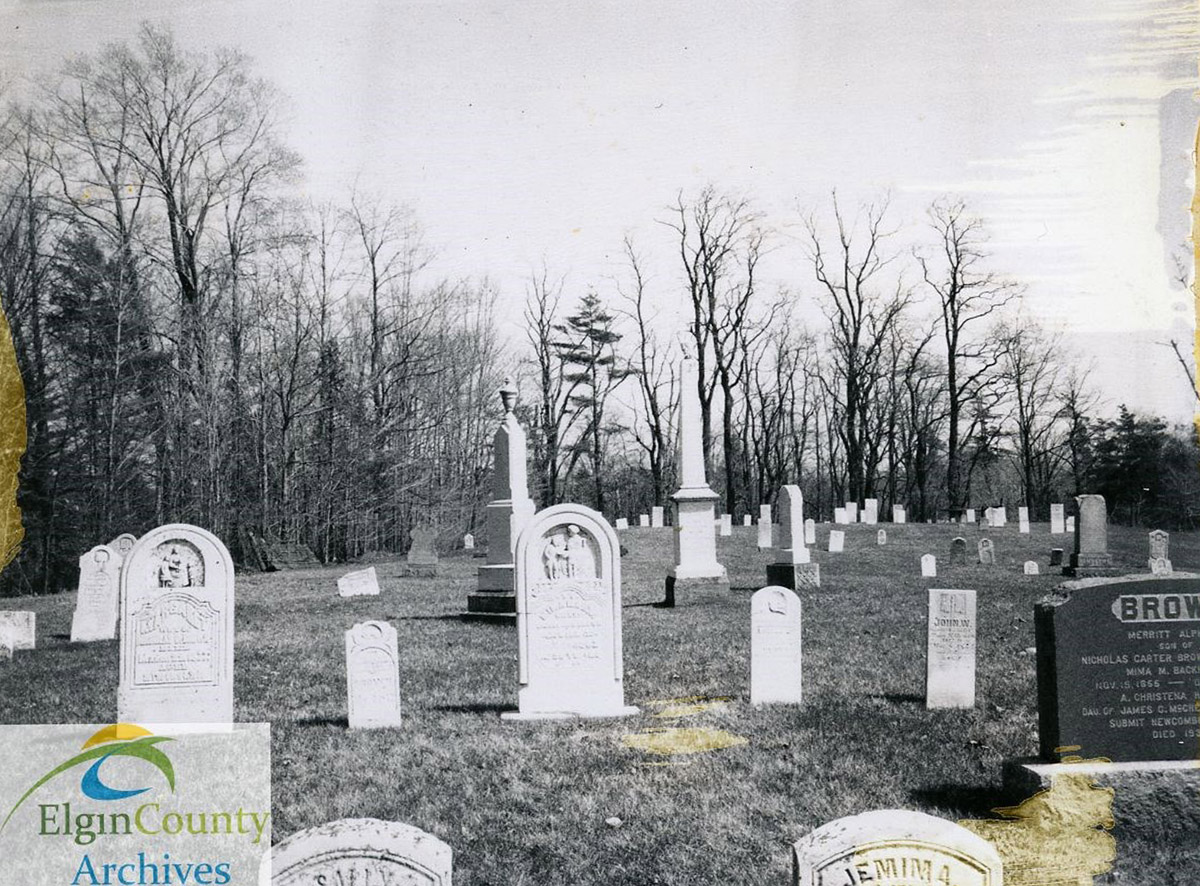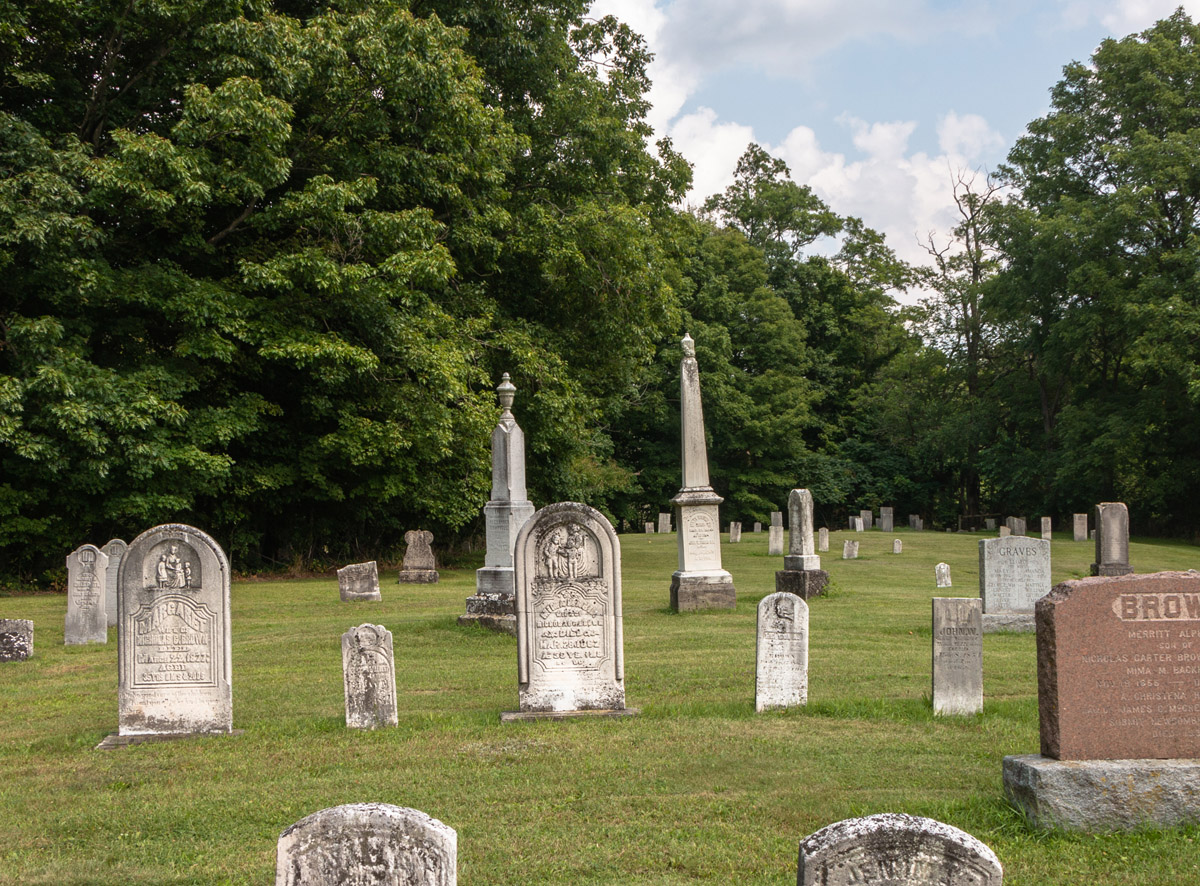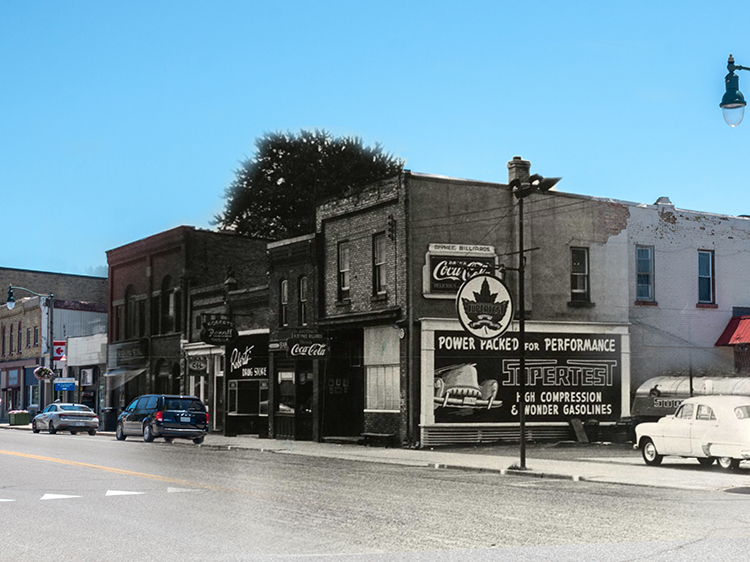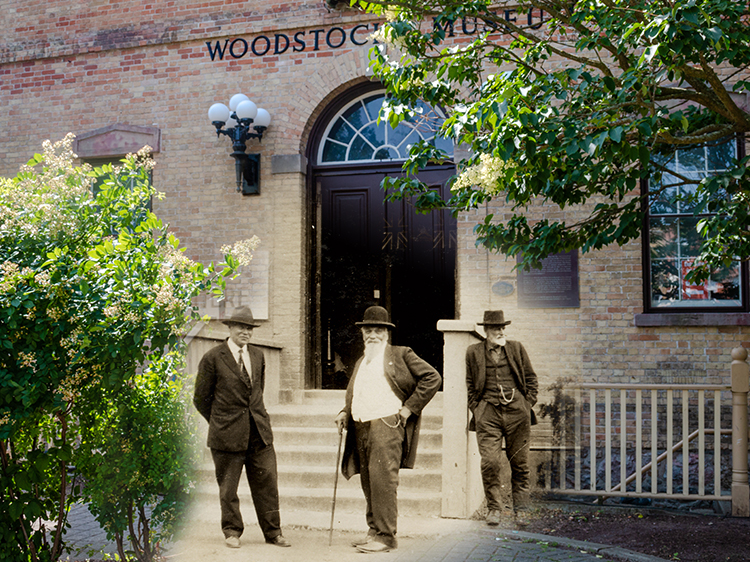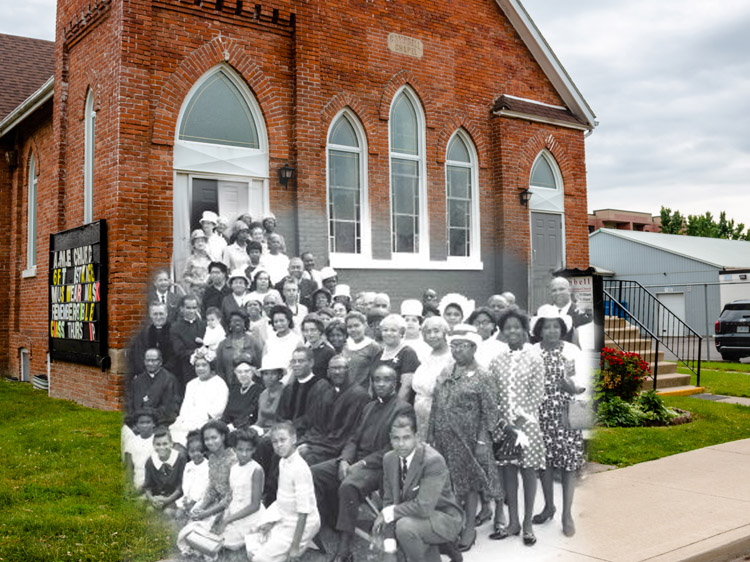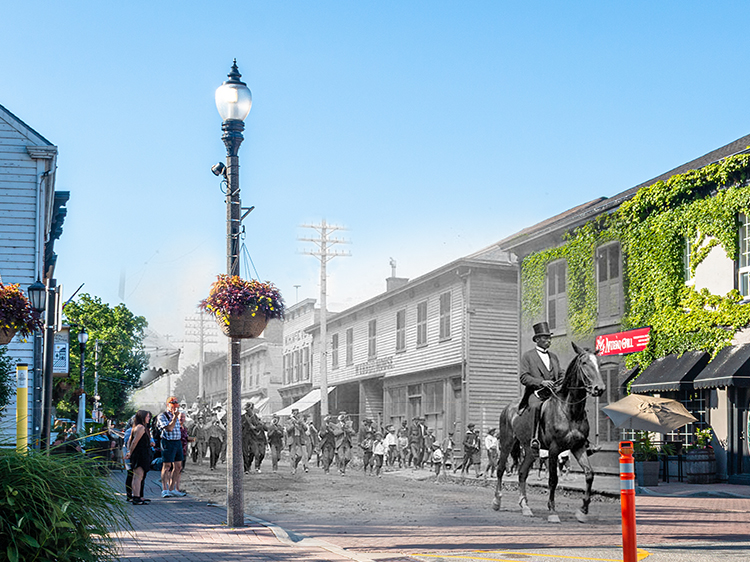Partner City
Elgin County
Progressive by Nature
Elgin County stretches from Port Burwell in the east to Port Glasgow in the west and from the shores of Lake Erie in the south to Belmont in the north. It has been home to First Nations for over 12,000 years. The first European settler to live in the area which is now Elgin County was James Fleming, who arrived in 1796. Settlement did not begin in earnest, however, until the arrival of Thomas Talbot, a retired British army officer, at Port Talbot in 1803. As the Crown Land Agent, Talbot settled hundreds of immigrants on lands from Long Point to the Detroit River. In the process, he built several roads that are well-travelled highways today. The county was created in 1852 and named for then Governor-General of Canada, James Bruce, Earl of Elgin and Kincardine. Towns and villages dot a countryside devoted to agriculture while several lake ports draw tourists and boaters.
This project was completed in partnership with the Elgin County Museum & Archives.
We respectfully acknowledge that Elgin County is within the traditional territory of the Oneida, Munsee Delaware, Anishnabek, Haudenosaunee (Iroquois), and Ojibway/Chippewa peoples. This territory is covered by the Upper Canada Treaties.
Explore
Elgin County
Then and Now Photos
The Steamboat "Laura"
1900
A small steamboat on Catfish Creek in Port Bruce on a summer’s day circa 1900. The steam engine, mounted in the centre of the boat, was possibly burning naphtha or boiling petrol. The boiler in these vessels was mounted over a three-cylinder engine which drove the propeller. They were popular because they did not require the owner to have the engineer’s licence normally required to run a steam engine. This personal craft was also seen cruising around Port Stanley on occasion.
Belmont CPR Station
1905
The Credit Valley Railway company built a railway through Belmont in 1881, which was quickly taken over by the Canadian Pacific Railway (CPR). The CPR built the first station on the north side of the tracks. It later burned down and was replaced by a station on the south side. This photo shows the railway station circa 1905. Passenger service ended in 1957, and the station was then moved to the corner of Belmont Road and Ron McNeil Line where it became a private residence. In 2009, the Ontario Southland Railway Company took over the track from CPR and continues to run freight trains on it today.
Temperance House
1905
Built about 1850, this former hotel and tavern had several owners and names over the years. By 1902, however, it was the Sparta Public House – a temperance hotel, meaning no liquor could be sold. It is pictured here circa 1905. A petition, organized by the Baptist minister and a Dr. Shannon, had led to the suspension of the hotel’s liquor licence. On the last day of operation, the patrons, following an evening’s drinking, armed themselves with torches and headed down the street to the minster’s home, which they intended to reduce to ashes, only to find the doctor waiting on the front steps with a loaded shotgun. The minister’s temperance organization then bought the building to operate as a public house without spirituous liquors. To help fund the purchase, a cookbook was published by the women’s auxiliary. The book became very popular, eventually selling thousands of copies. Next door is the livery stable. The current address is 46349 Sparta Line.
Sparta Methodist Church
1909
This yellow brick building was constructed in 1886 and served as a Methodist Church until 1925, when it became a part of the new United Church of Canada. It’s pictured here in 1909. A frame Methodist church previously occupied the site. The house next door was the parsonage or minister’s home, built in 1879. The sanctuary has fine cross beams in an attractive herringbone ceiling. The nave easily accommodates several hundred worshipers and the choir has two memorial windows dedicated to local persons. There is a full basement once used for Sunday Schools. Due to decreased attendance, the small congregation decided to disband in 2012. The Sparta and District Historical Society then bought both the church and manse. They now use the church to mount a series of annual history exhibits using items from their collection, augmented by loans from the community. The current address is 6073 Quaker Road.
Glencolin Bridge
1913
Two roads, Glencolin Line and Springfield Road, share this bridge over a section of Catfish Creek. Glen Colin, a little village with a blacksmith, one hotel, a post office and a store, was once on this corner. It appeared following the building of the Great Western Railway line through the area in the 1870s. It was named by the postmaster after the village in Scotland from which he had emigrated in the 1850s. Though the tracks are gone, the path the railway once took can still be seen. The bridge is pictured here in 1913.
Downtown Sparta
1924
This photo looks west from Sparta's main intersection in 1924. On the left, one of the houses still stands. The building on the right was built in the 1830s and still exists today, now housing the Sparta Tea Room.
Springfield Main Street
1925
Springfield’s Main Street, now called Ron McNeil Line, is pictured circa 1925. This photo looks east, with the Springfield Methodist Church, J.I. Thomson Dry Goods and Grocery store, Royal Bank of Canada, D.C. Gillies store, and the IOOF (Independent Order of the Oddfellows) block visible down the street.
Rocabore Inn
1930s
The Rocabore Inn is pictured here in the 1930s. The only hotel for many years in Port Bruce, it was built in 1855 by Amasa Lewis, a grain merchant and land owner who lived nearby. In 1882, a dance hall was added to the building and space was provided in the basement for both a shooting gallery and a bowling alley. In 1924, it was moved back from the river, raised several feet, and renamed. Its new name, the Rocabore, was from a mythical animal with a long and a short leg on either side, the better to scale the area’s steep hillsides. Its current address is 3237 Water Street.
An IOOF Parade in Belmont
1935
Members of the Independent Order of Odd Fellows (IOOF) parade down the main street in Belmont, now Belmont Road, circa 1935. The IOOF is a nonpolitical, non-sectarian fraternal organization, with roots in the Odd Fellows fraternity that was established in England in the 18th century. The IOOF Lodge in Belmont, Victory Lodge #465, was established in 1920. A Rebekah Lodge, the women’s auxiliary of the IOOF, was established later in 1922. IOOF Lodges, along with other fraternal organizations, were extremely popular across the USA and Canada during the late 19th and early 20th century.
King's Cupboard
1940s
Nothing is left of the King’s Cupboard, a combination drive-in, gas station, and dance hall that once sat near the pier in Port Bruce, pictured here in the 1930s. It was built in the 1920s and was still operating in the 1970s. Many people can remember going there on a date. The current address of the site is 3209 Hale Street.
The "Uncle Tom"
1890
The Uncle Tom was a steam-powered fishing tug owned by the Young Brothers, pictured here circa 1890. It was one of about 15 tugs that fished out of Port Bruce in the early 1900s. In those days, whitefish, herring and blue pickerel were the predominant catch. Most were packed in boxes of 100 pounds each and taken by wagon to Aylmer where they were put on the train for Chicago, Detroit, or New York.
Thayer's Gas Bar
1940
Thayer’s Standard Gasoline Station is pictured here circa 1940, at the intersection of what is now Imperial Road and Calton Line. Herb Thayer bought this station from Henry Percy in 1938, which started the Thayer Petroleum Company. The current address is 6663 Imperial Road.
Port Bruce Pier
1947
Catfish Creek provides a natural harbor where it empties into Lake Erie. As was the case with other rivers in the county, a port was established at its mouth, which is now known as Port Bruce. In 1851, a 120-meter pier was built out into the lake so ships would be able to dock and take on cargoes. These river ports were used by merchants to ship out the region’s grain and lumber, much of it in the form of barrel staves. By 1870, this trade had declined thanks to the railways, and the port became home to a number of commercial fishing tugs. Pictured is the Port Bruce pier circa 1947.
Springfield Parade
1960
The RCAF (Royal Canadian Air Force) Station Aylmer Band is pictured leading a parade of Oddfellows and Rebekahs down Springfield’s main street, now called Ron McNeil Line, in 1960. The Oddfellows and Rebekahs, numbering around 200 in this parade, represented many IOOF lodges from around the area. The IOOF is a nonpolitical, non-sectarian fraternal organization, with roots in the Odd Fellows fraternity that was established in England in the 18th century. The Rebekahs are the women’s auxiliary of the Oddfellows.
The Malahide Cemetery
1970
The Malahide United Church Cemetery in Dunboyne, pictured here circa 1970, is associated with the Malahide United Church, previously the Dunboyne Methodist Church. The church was built in 1910 and today is a private residence. The cemetery’s current address is 49480 Calton Line.

